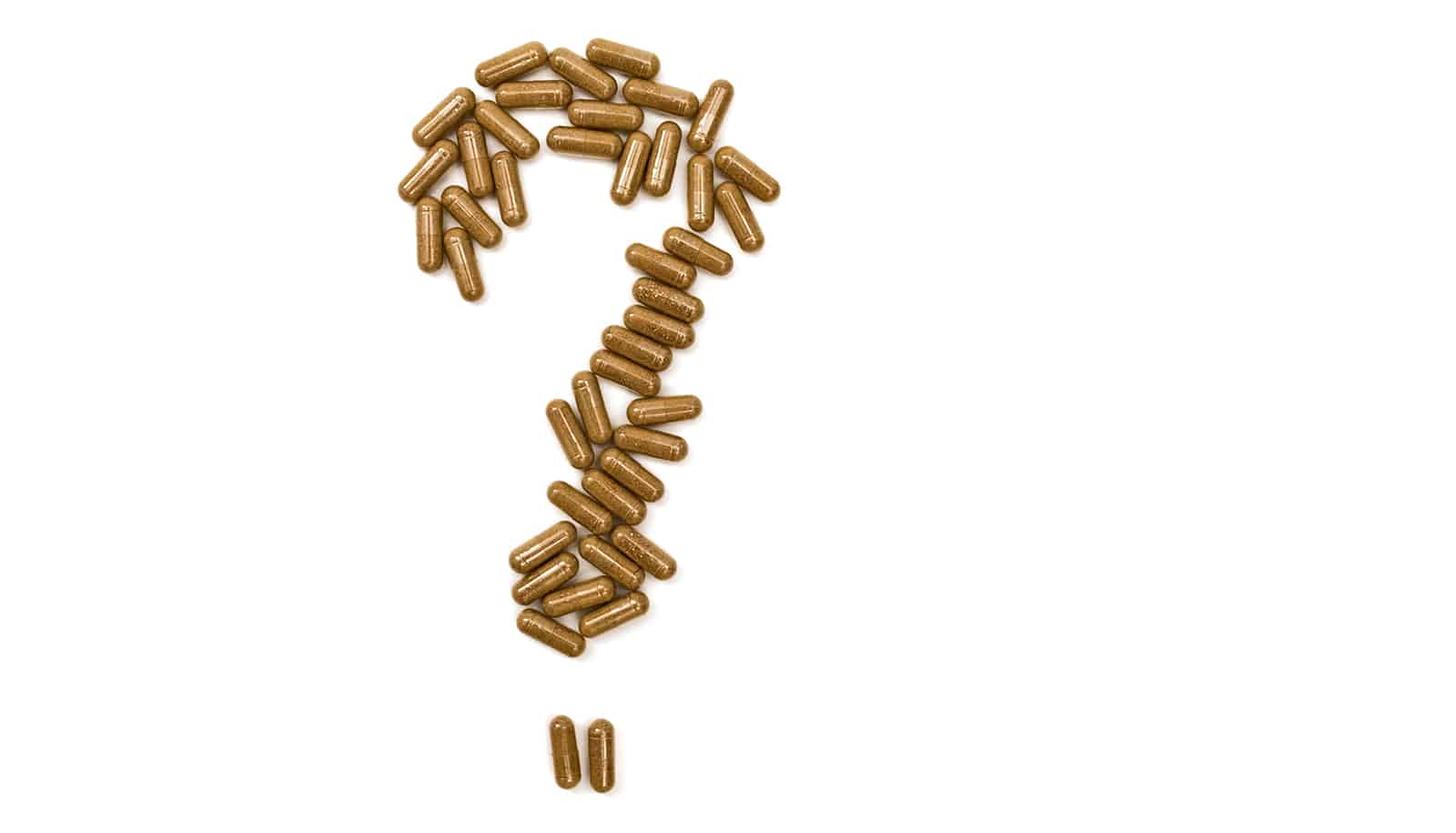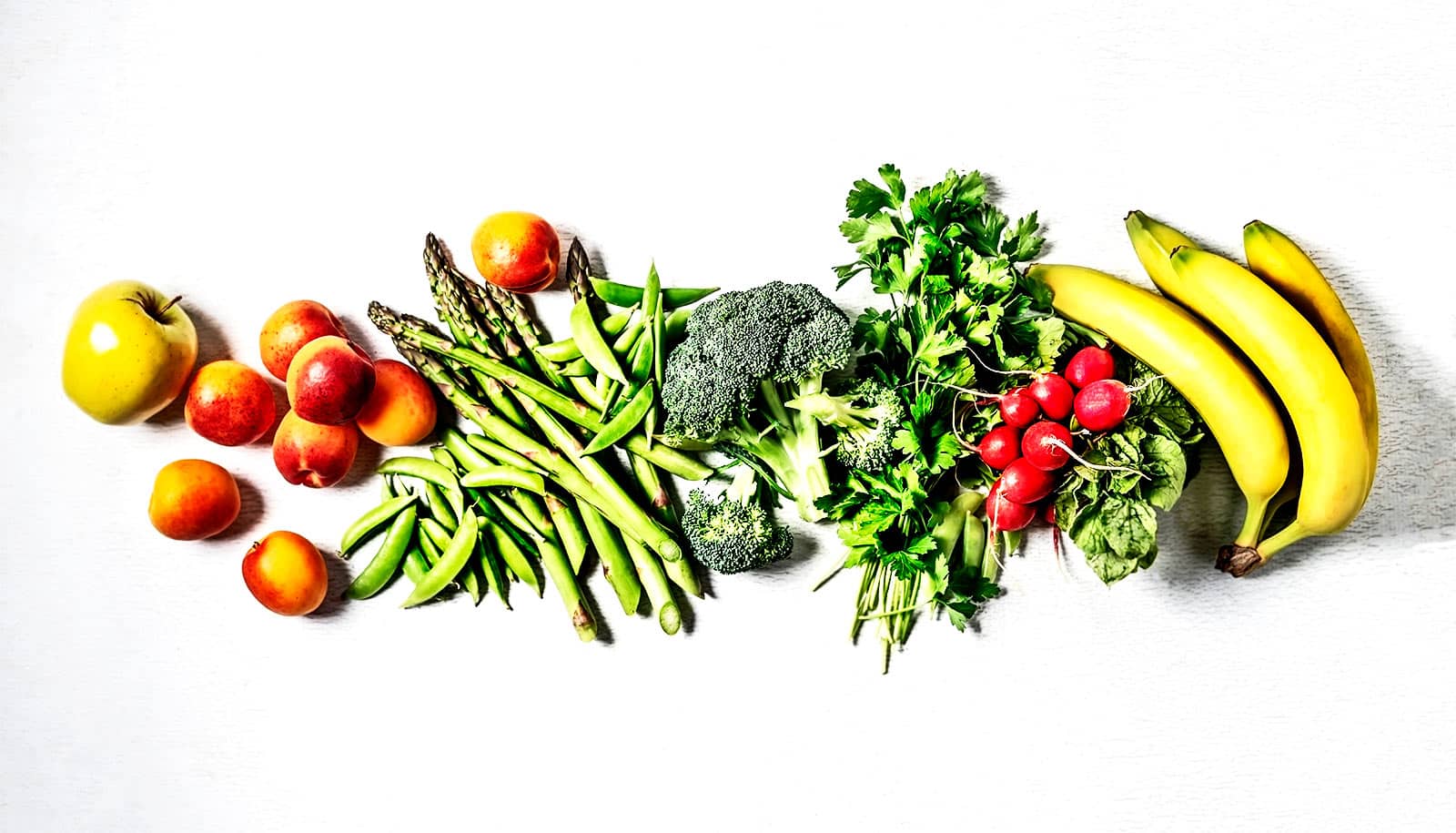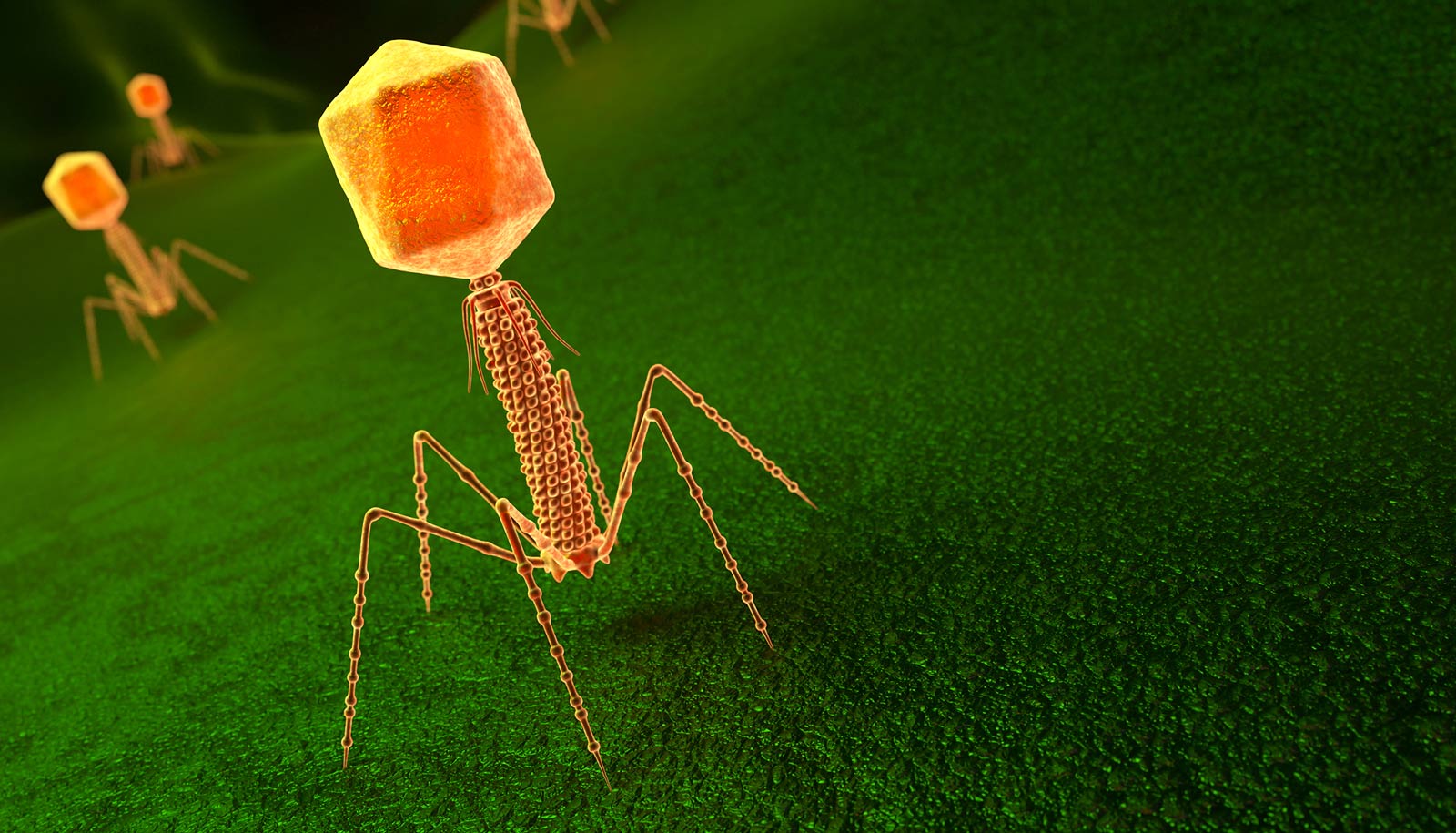In a new study, researchers have been cultivating “good viruses” from feces.
The goal is to replace fecal capsules now being used in so-called fecal transplants.
Their new technique has shown potential in studies with mice and the hope is that it will improve this life-saving treatment through standardization and pave its way toward mainstream medicine.
Most people get vaccinated without considering that the history of vaccinations began when fluid was extracted from the pus filled blisters of sick cows. Similarly, modern-day penicillin is far from its origins—a mold in Alexander Fleming’s petri dish teeming with staphylococci.
Another form of life-saving medicine is experiencing a similar evolution: Fecal transplants, in which human fecal material is transferred from one person to another, save hundreds of lives every year in Denmark alone. But in the future, the treatment could become a cleaner remedy with much broader potential—far removed from the feces that is its starting point.
“Ultimately, our hope is to have a product that is free of bacteria and potentially harmful viruses, leaving only a purified dose of good viruses, called bacteriophages, that can potentially fight various gastrointestinal disorders and, in the long term, be used to treat a wide range of health issues,” says Assistant Professor Torben Sølbeck Rasmussen from the University of Copenhagen’s food science department.
Rasmussen is leading the new research together with department colleague Professor Dennis Sandris Nielsen and an array of international researchers—notable among them a research team from Tal Tech in Estonia. The long-term goal is for the treatment to evolve into a simple pill that can be prescribed by a doctor or found on a pharmacy shelf—tailored to individuals, but accessible to all. Still, the road ahead is long.
“Today, fecal transplants are only used to treat those who are very sick, typically patients who are in life-threatening situations due to Clostridioides difficile bacterium infections,” says Nielsen.
“Donors are rigorously screened for a number of known disease-causing bacteria and viruses, but it is expensive, and there is always a degree of uncertainty since the exact content of the donated feces varies from donation to donation. This technique allows us to near a standardized treatment where we know exactly what a patient is receiving.”
Food science to the rescue
Their new method employs fermentation, a process known from food science, used in the making of kombucha, kimchi, and sourdough bread among other things. This is where the researchers’ expertise in food science comes into play.
In short, they create favorable conditions in a sealed container to cultivate a bacterial culture that promotes beneficial microorganisms. Fermentation is also the process by which microorganisms are industrially grown to produce specific compounds.
In this case, the researchers begin with a microbial culture from feces, and the end product is a complex mixture of bacteria and bacteriophages—viruses that only attack bacteria.
The technique makes use of a device known as a chemostat—a container that continuously receives fluid with specific nutrients (a “growth medium”) while draining an equal amount of fluid.
Feces is initially added to the container, and the effect of the fluid replacement is that more of the bacteria (and bacteriophages) that thrive in the given growth medium are cultivated, while other content, including viruses that are infectious to humans (eukaryotes), are gradually removed.
This setup allows researchers to control the chemostat’s content by adjusting the growth medium’s composition and dilution from the fluid replacement.
The goal is to create a balance with a specific composition of bacteria and bacteriophages, which provides an important standardization. This standardization makes the treatment scalable and safer as it ensures consistent content in each batch as long as the “community” of microorganisms remains balanced.
Most mice cured by the mixture
The researchers tested the new fermentation technique in chemostats on mice in two studies targeting two different disorders. One study focused on obesity treatment, and the other on infections with the deadly C. difficile bacterium, which is dangerous not only for humans but also for mice.
The most significant results appeared in mice infected with C. difficile: most of those treated with the mixture fully recovered, while the majority of the control group died from the infection.
“Our follow-up tests suggest that at least five out of the eight mice were cured by the treatment. This success in our first fermentation trial indicates the potential to optimize the process further,” says Rasmussen.
The obesity treatment study also produced effects, albeit more subdued. Together, the studies provide a glimpse of a promising future for this type of treatment.
Standardization and safety
Today, fecal transplants are standard treatment for only a few severe gastrointestinal diseases, such as infections with C. difficile (CDI), where patients’ lives are at risk. This is highly effective, helping nine out of ten patients and saving numerous lives annually.
However, the fecal donation process remains a “black brown box,” as researchers in the field call it. The exact content of donor feces is unknown, and the precise effect of the microbial transfer on the recipient is not fully understood, which limits the treatment’s broader use.
“We know that gut health is crucial for a wide range of conditions and overall health, so the potential for broader applications is significant if we can create a standardized, safe product using these extracted bacteriophages,” says Rasmussen.
Future treatments could be directed at conditions such as e.g. asthma and type-1 diabetes, which, according to Dennis Sandris Nielsen, would involve treatment beginning in early childhood.
“Treating critically ill older people with no other alternatives is very different from treating a nine-month-old baby at risk of developing asthma. This underscores the need for the standardization we’re working on. Achieving this requires the highest level of safety,” adds Nielsen.
Facts about the three studies
The researchers tested three methods in total to preserve and cultivate bacteriophages from feces while simultaneously removing unwanted bacteria and eukaryotic viruses (“human” viruses). The methods were tested on two groups of test animals, with each group having a control group that received a saline solution instead of the mixture.
The first study in Nature Communications involved using the methods to treat obesity in 48 mice, divided into three treatment groups and three control groups.
The second study in Microbiome focused on treating difficile infections in another set of 48 mice, divided similarly into treatment and control groups.
The third study in iScience, a theoretical research study, describes the design of the most successful method.
In addition to Rasmussen and Nielsen, additional researchers from Tallinn University of Technology, Estonia contributed to the work.
Source: University of Copenhagen



